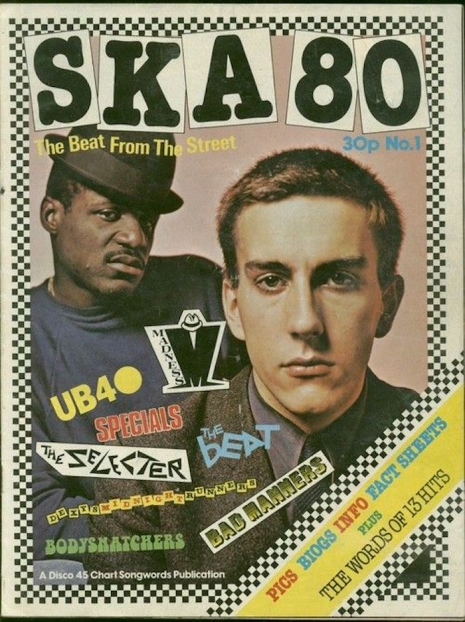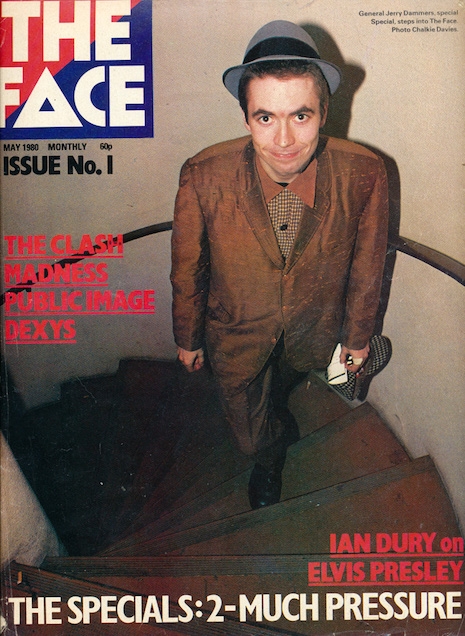
Jerry Dammers basically ran 2 Tone Records out of his bedroom. It was a do-it-yourself label started in 1979 to record his band The Specials and promote a bunch of other ska groups—mainly friends and colleagues in and around Coventry, England.
2 Tone was the start of a ska revival. At one point nearly every new British ska band was on Dammers’ label—The Specials, Madness, Selecter, The (English) Beat, Bad Manners, The Bodysnatchers and even an indie act named Elvis Costello.
The world was turning black and white. Quite literally as it turned out when The Specials toured America. At the Whisky a Go Go in February 1980, the whole exterior of the building was painted in black and white checks.
That summer was the last great high for the ska revival. The UK pop charts were crammed with ska music. The Specials scored another top ten hit with their fourth single “Rat Race.” They were recording their second album and played a sell-out seaside tour of England with support from The Bodysnatchers. They had also made a legendary appearance on Saturday Night Live with “Gangsters” which according to some was a performance that stands out as one of the best in the show’s history. The Specials also toured Japan where their opening gig at Osaka sent the audience into a frenzy of ecstasy. The audience rushed the stage and mobbed the band. As a result of this, the band’s manager was arrested and their further shows canceled. In Japan audiences were forbidden from standing or dancing at concerts—something these young fans found all but impossible to do.
Yet for all the success, the Specials were falling apart. There was infighting between lead singer Terry Hall and guitarist Roddy Radiation and loud disagreements between Dammers and other band members over the new direction the Specials’ music was heading. At the end of the year, Lynval Golding was brutally stabbed in a racist attack outside a concert in London. It began to look like the great multicultural pop movement represented by the Specials and all the other ska bands was coming to an end. The following year, the Specials split. Ska was replaced by the New Romantics and synth-pop.
These photographs capture the bands and fans of 2 Tone during 1979 and the summer of 1980 when ska united a nation.

Neville Staples and Jerry Dammers of The Specials, circa 1979.

Sarah Jane Owen of The Bodysnatchers, 1980.
More memories of the summer of ska, after the jump…







